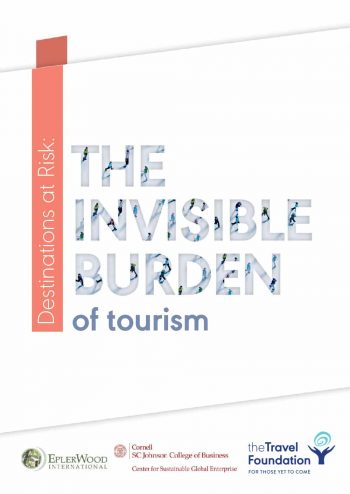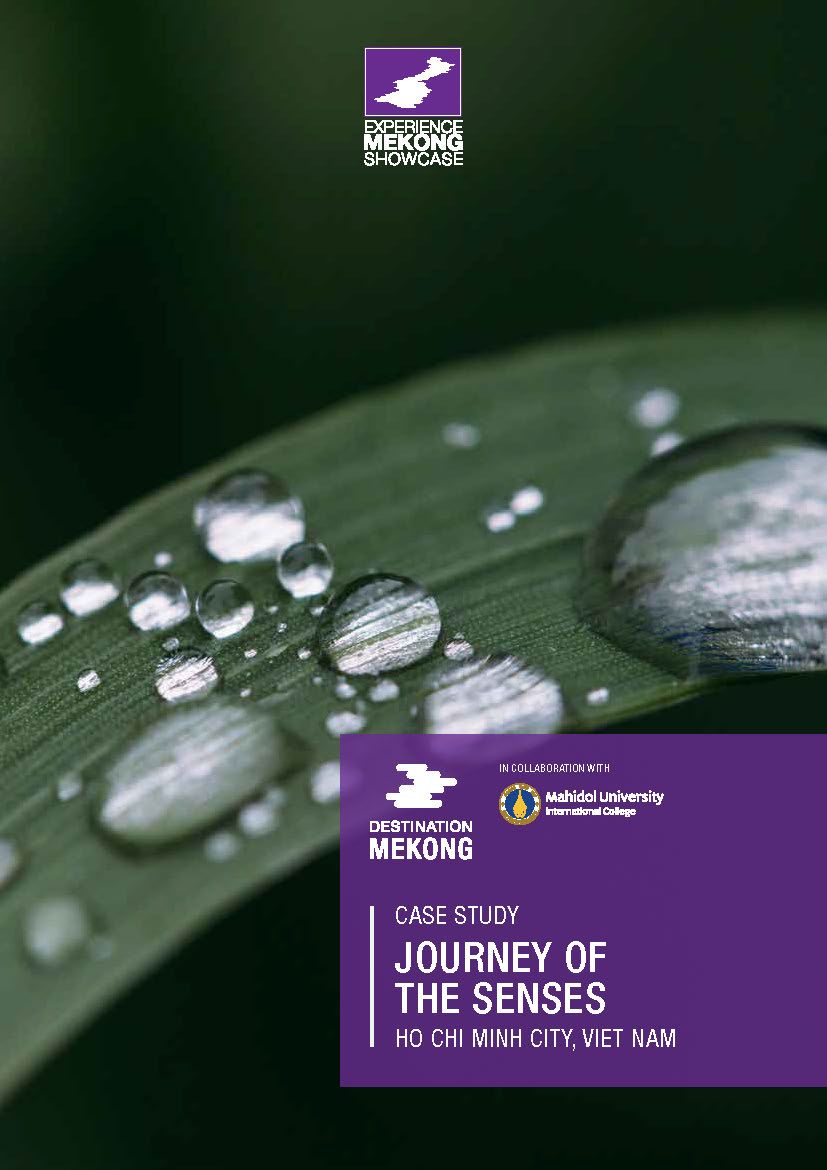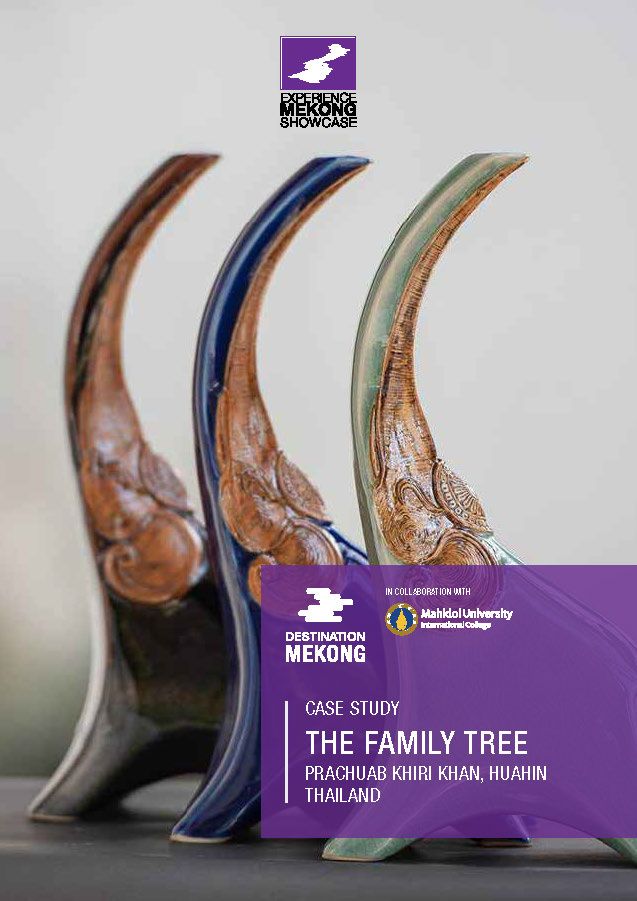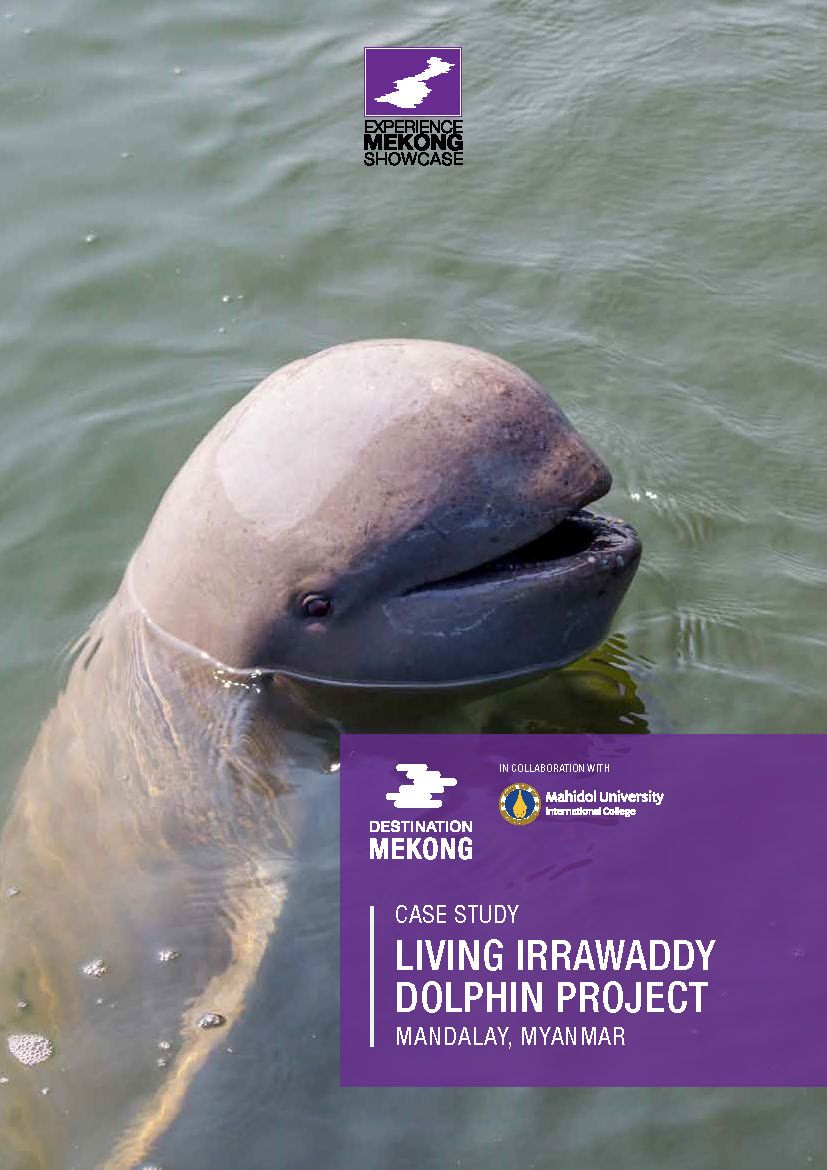
Destinations at Risk: The Invisible Burden of Tourism
The rapid growth of tourism in the 21st century is leading to damage in destinations across the world that is largely unreported and frequently not perceived by tourists, putting destinations at risk without effective response.
Local capacity to manage the ballooning costs of tourists is hindered by a lack of quality analysis that accounts for the cost of managing each tourist on local municipal ledgers. This invisible set of local budgetary obligations is placing destinations in a position of financing additional required infrastructure for energy, waste, waste water and the protection of natural and cultural resources, without recompense from the tourism economy. These costs lower the economic benefits of tourism and are not recognized in international and local economic impact analyses. A new net economic benefit basis for destination tourism accounting is required in order to capture this invisible burden, together with a bold plan for preserving tourism’s valuable assets. A wide range of new talent will be required to safeguard invaluable global heritage, life-giving natural capital, and essential social and community resources.
Tourism accounted for 10% of the global economy in 2016 and is projected to continue by nearly 4% annually until 2030. (UNWTO, 2018)
Destinations at Risk: The Invisible Burden of Tourism
Publisher:
The Travel Foundation
Authors:
Megan Epler Wood, Mark Milstein, and Kathleen Ahamed-Broadhurst
Year:
2019
Language:
English
Size:
64 pages | 5.6 MB
Location:
Global
Keywords:
- AirBnB, Athens, Climate Change, Cornell University, EplerWood International, Intelligent Green Investment, Natural Capital, Risk Management, Smart Destination Management, Social Capital, Taj Mahal, Thailand Marine and Coastal Resources, Travel Foundation, UNWTO, Waste Management, Waste Water/Sewage, Water Resources






